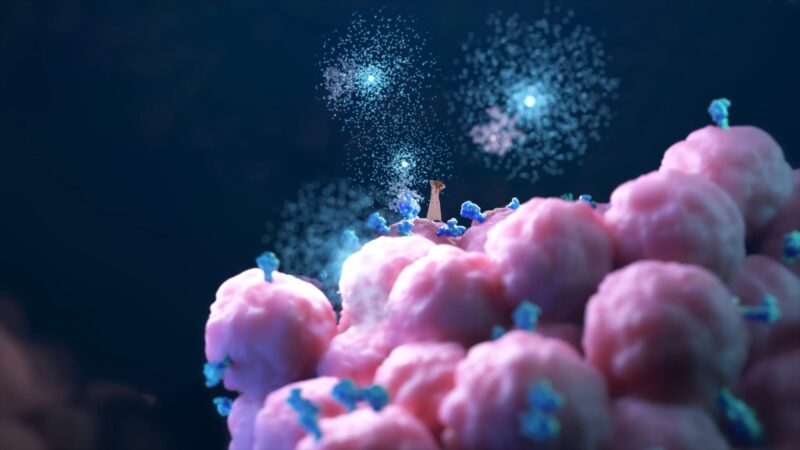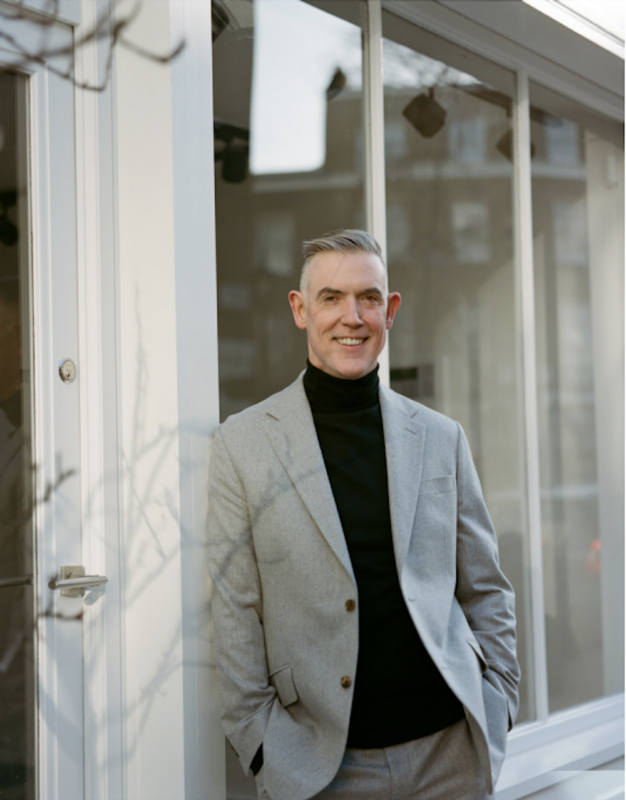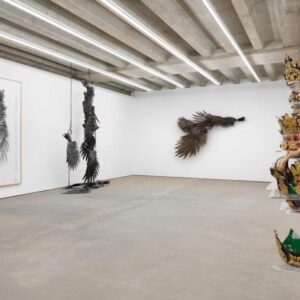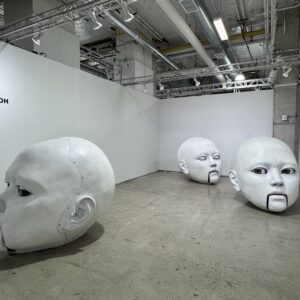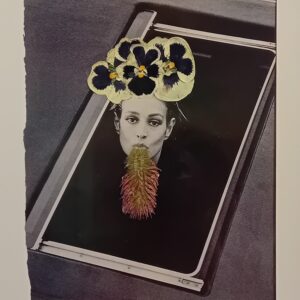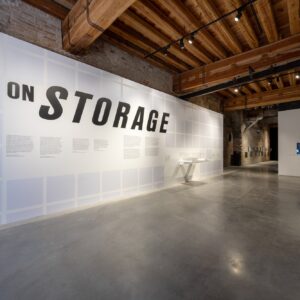The most political exhibition in the most political city in America currently occupies the circular galleries of the Hirshhorn Museum in Washington DC. As the US has been preparing to vote, the Hirshhorn has been showing work by Chinese artist and agitator Ai Weiwei, an exhibition that includes a load of rusty metal poles laid out on the floor, like a strange, monotonous rolling plain.
These identical spindly struts come from schools that collapsed in the 2008 Sichuan earthquake. Ai Weiwei believes the deaths of thousands of children were caused by low-quality school buildings. On a gallery wall, he lists the names of the children who died.
If you think this is a bit tangential to the US election, you have not been following its bitter rhetoric. In every TV debate between Republican candidate Mitt Romney and Democrat Barack Obama, the economic power of China has been an obsessive issue. Television campaigns have harped on about the wickedness of the country: one, which is not officially acknowledged by either candidate, even portrays a secret meeting in China where sinister party cadres laugh at those American fools; Andy Warhol’s portrait of Mao hangs in their villainous bunker. Meanwhile, the Romney campaign, seeking to sow doubts among voters who credit Obama with bailing out the US auto industry, claims Chrysler now plans to outsource jobs to China. Chrysler vociferously denies this.
Ai Weiwei’s exhibition, no doubt accidentally, fits with this ramping up of anti-China sentiment. He believes in freedom. He believes in the individual. Indeed, you could almost say Ai Weiwei is more American – and more anti-China – in his politics than any of today’s American artists. The ideals that he insists are universal are very much those of the country that still proudly calls itself the leader of the free world. So does this mean Ai Weiwei is in Romney’s camp? Well, if that was true, he’d be just about the only major artist who was.
A short distance from the Hirshhorn, walking through autumn leaves, I come to the soaring obelisk that is the Washington Monument. Not only is this dedicated to freedom but it is also, like Ai Weiwei’s art, a minimalist masterpiece, despite being completed in the 19th century. Pure classical lines, no decoration, a towering truth: this is the focal point of a vast democracy that will tonight choose its leader. I can see, too, the Lincoln Memorial, where Martin Luther King made his famous “I have a dream” speech. And, hidden in the trees around the White House, I can make out firetrucks awaiting the presidential helicopter.
American democracy is expressed in the neoclassical layout of Washington DC and its marble monuments. But what of the country’s artists? Do they have any political vision to offer in 2012? Four years ago, US art was galvanised by Obama. He got their backing, financially and vocally; he also inspired them. Shepard Fairey’s poster, showing the Democrat candidate’s face and (in its most effective version) the word HOPE, captured the exhilaration of reborn liberal America. It is, arguably, the most recognisable image created by a US artist this century.
But Obama has not inspired any comparable mood in the 2012 election. Back then, he was a blank slate; now he is an embattled figure whose first term can, by any standards, only be called a partial success. This does not mean he has no support in the art world – far from it. To look on the great works of modern American art in Washington’s National Gallery is to see a veritable Olympus of Obama supporters.
In its cool modern wing, I come face to face with the kind of ordinary, middle-class American both candidates are desperate to woo. Her name is Fanny and her face is 2.5m tall. Chuck Close painted this portrait with his fingers in 1985. A supporter of Obama, Close serves on the president’s Committee for the Arts and Humanities, and his portrait of his late mother-in-law is an icon of US democracy, with a twist. The enlarged scale makes the face an emphatic celebration of individualism, but there’s a warmth and tenderness to the work, too, a feeling of caring in no small way derived from Close’s painstaking method of using a tiny-scale grid to help him build up his minute fingermarks. It gives this ordinary citizen an air of vulnerability, one that can be read across the country as a whole.
If Americans are scared of China, it is because they are afflicted by a sense of national decline. The Republican response, articulated by Romney, is to reassert the “can do” spirit of free market America, while also promising to abolish such leftie notions as Obama’s work in social health provision. This, he says, is the American way. But is that the true American character? The country’s art suggests otherwise, and not just in the portraiture of Close, with its grand sense of human frailty and the implication that we must care for one another.
Sculptor Richard Serra is another artist said to be in the Obama camp, along with the subversive self-portraitist Cindy Sherman, the visionary abstract painter Brice Marden, the performance artist Laurie Anderson, and the architect Frank Gehry – a gallery of living greats. As a headline in the Art Newspaper put it this summer: “Obama wins the art world’s support.” Of course, these are not the sort of celebrities politicians usually crave: Beyoncé’s endorsement of Obama is worth more. In fact, American art, despite being at the forefront of the avant garde in the 20th century, currently has few household names. Tracey Emin’s vote makes the news in Britain – but mention leading US artist Paul McCarthy in Los Angeles, where he lives, and people will think you mean Paul McCartney. (For what it’s worth, McCarthy keeps a naked mannequin of Obama in his office. I don’t know if that counts as an endorsement or not.)
Five Plates, Two Poles, a sculpture by Richard Serra in the Washington National Gallery, looks like a call to vote Obama. The massive, dangerous-looking steel plates, balanced precariously against each other, evoke America’s troubled industries; Serra uses steel mills to make his sculpture. Rust in colour and blue collar in status, this mighty sculpture suggests not the power and glory of the Republican individual making millions and bestriding the world, but the dwarfing of people by mighty machines and great cities. Running counter to the Republicans’ notion of a chosen land whose people don’t need a supportive state (just low taxes and free markets), Serra’s work shows us the America its great artists have seen: a place of sorrow, suffering and vulnerability, chronicled with compassion. A more human America.
Even the dead guys seem to be voting Democrat. Jackson Pollock’s 1950 masterpiece Lavender Mist keeps me coming back to the National Gallery. The skeins, strata, loops and scars on this beautiful web of colour speak of American freedom – but it is a tragic freedom, the freedom of the blues and jazz that Pollock played as he painted. Within months of creating this lovely riff of a painting, this troubled man would surrender to his old demon, booze, and in a few years he was dead in a drunken car crash. No one was more in need of help than this great American artist – and as a young man, he got it, helped by the art programme of the 1930s New Deal.
Half a century before Pollock painted the blues, the sculptor Augustus Saint-Gaudens made a cast of his Shaw Memorial, portraying the Massachussetts 54th Regiment going off to die for freedom. His tribute to this African-American soldiers, who fought for the anti-slavery cause in the civil war, now sits in the National Gallery. African-American faces from a divided past bear witness to the fact that US history bears little resemblance to the Tea Party version promoted by the US right today – in which the entire American story is boiled down to (white) people versus big government. If Romney loses the vote, it will probably be put down to “racial demography” – as every non-white American votes for Obama.
On the Shaw Memorial, you see the soldiers marching steadily towards an unknown future. It’s a work that could be summed up in a single word: hope. If American art has a common theme, it is this deeply progressive impulse. It is why American artists, living and dead, vote Obama.
guardian.co.uk © Guardian News & Media Limited 2010
Published via the Guardian News Feed plugin for WordPress.


